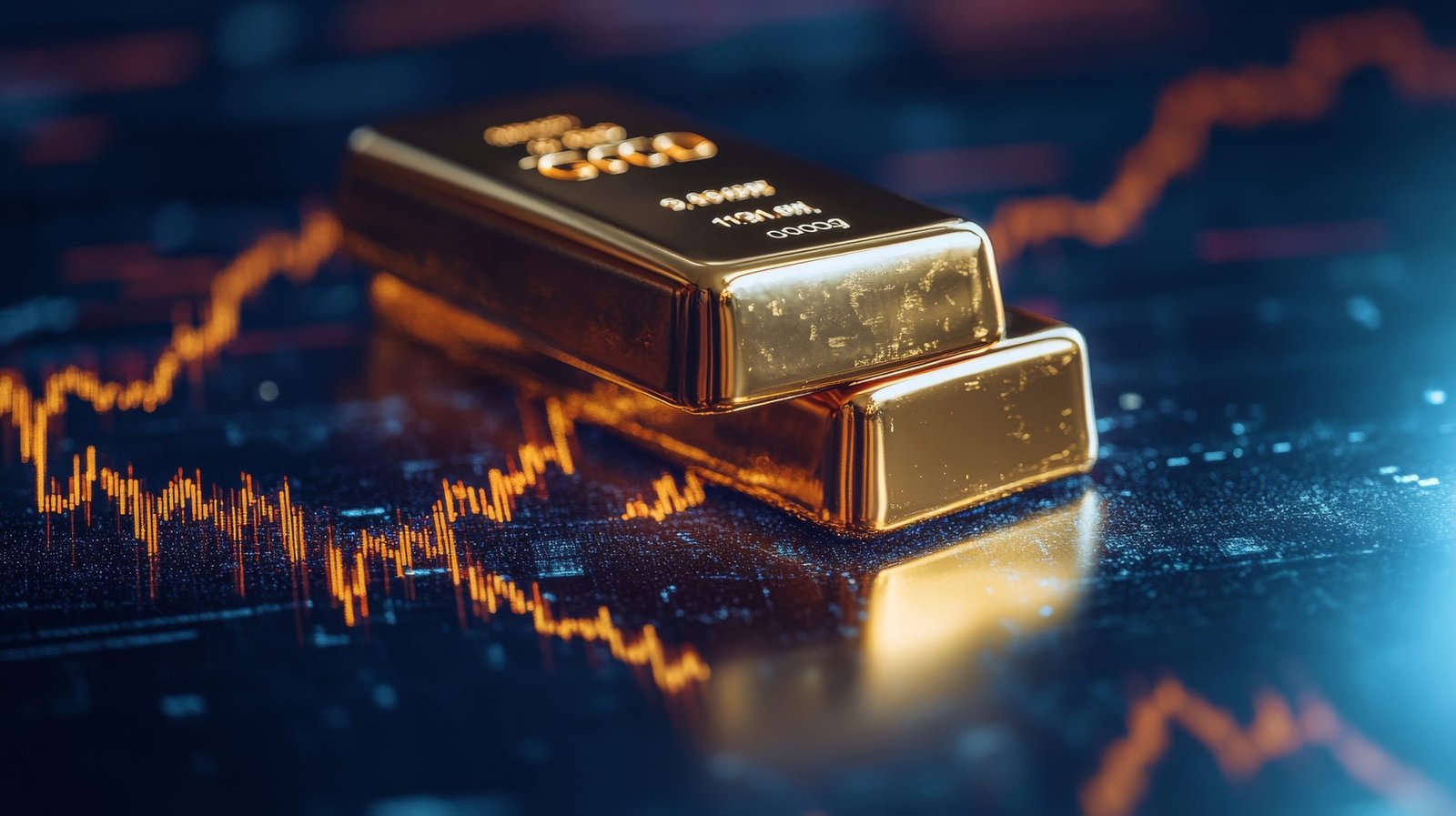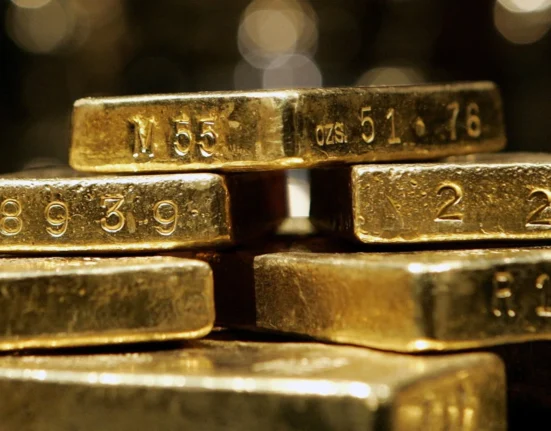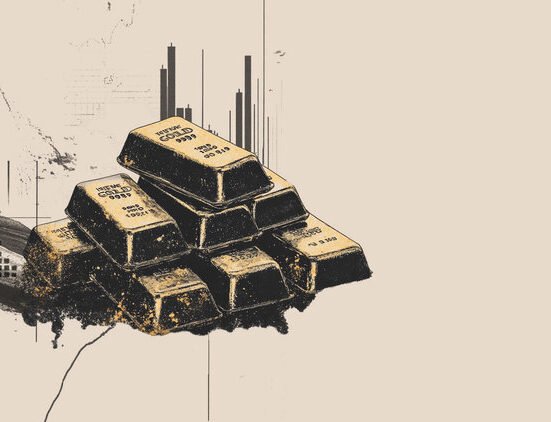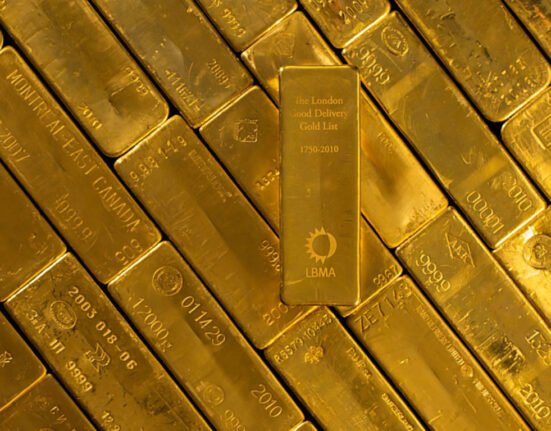Against a global backdrop of economic uncertainty, structurally rising inflation, and declining yields from traditional assets, investors worldwide are shifting decisively towards gold and alternative investments, according to the latest edition of the HSBC Global Affluent Investor Snapshot 2025, published by Hongkong and Shanghai Banking Corporation, one of the world’s largest and most renowned banks. The report analyzed the behavior of over 10,000 investors with assets ranging from 100,000 to 2 million USD across 12 international markets.
The data reveals a significant shift in personal portfolio structures: gold has seen a remarkable rise in share, from 5% in 2024 to 11% in 2025, marking a 120% increase. Furthermore, one in two investors intends to add gold to their portfolio in the next 12 months, while 28% express interest in digital gold formats and 41% prefer physical gold in the form of bars and coins.
Although Romania was not officially included in the HSBC study, experts at Tavex Romania confirm that this global trend is increasingly evident at the local level.
“In the first half of 2025, we reported a growth of over 56% in demand for investment gold compared to the same period last year. More and more Romanians are purchasing gold bars and coins not only as a hedge against inflation but also as part of a long-term strategy to preserve the value of their savings and to diversify their investment portfolios,” says Victor Dima, Head of the Treasury Department at Tavex Romania.
The quantity of gold sold by Tavex in Romania increased by nearly 60% in the first half of the year compared to the first six months of the previous year. The most significant growth was recorded in products weighing up to five grams, indicating that more Romanians, especially those taking their first steps in investing, prefer to start with smaller purchases, gradually building their exposure to physical gold. This is an encouraging sign, reflecting a growing interest in portfolio diversification, safeguarding savings from inflation, and preserving purchasing power in an economically uncertain climate.
“We expect interest in physical investment gold in Romania to remain high in the second half of 2025, particularly if inflation continues to run at elevated levels and if economic uncertainty driven by fiscal imbalances persists. This will likely fuel long-term demand for safe-haven assets. Among these, gold leads the pack,” added Victor Dima of Tavex.
According to the HSBC report, the gold resurgence is happening at a time when equities, although still the most widely held financial asset, representing approximately 45% of portfolios, are losing some of their appeal. Investors are showing limited intent to increase their equity exposure, viewing this asset class as already “saturated” and lacking the potential offered by real assets like gold and alternative investments.
At the same time, the share of alternative assets has doubled, reaching 6% of portfolios, while cash holdings have dropped by nearly 40% compared to the previous year, clear evidence that investors prefer to allocate capital to assets more resilient to volatility and inflation.
Asia has seen the largest increases in gold allocation, highlighting a pronounced regional trend: in Indonesia, gold now accounts for 25% of portfolios (a 12 percentage-point increase), while Malaysia and Mainland China have seen 8-point increases, and India and Hong Kong have posted 7-point gains.
Historically, gold has preserved its purchasing power through inflation, recessions, and geopolitical instability. Unlike other financial assets, gold is fully liquid and can be easily traded anywhere in the world.











